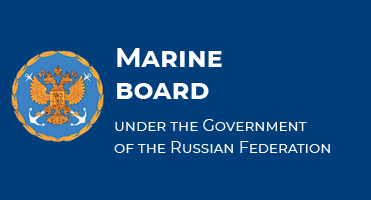Events
FSUE “Rosmorport” prepares for upcoming icebreaker support period in Russian freezing seaports
A meeting was held at the Rosmorrechflot headquarters on October 18, 2018 to consider preparations for the upcoming icebreaker support period of 2018-2019 in Russian freezing seaports.
Among participants in the meeting chaired by Russian Deputy Transport Minister, Rosmorrechflot head Yuri Tsvetkov were director of the Russian Transport Ministry Department for State Policy in the Field of Marine and River Transport Yuri Kostin, Rosmorrechlfot deputy head Alexander Poshivay, FSUE “Rosmorport” Deputy General Director for Fleet Vasily Strugov and designated employees of the enterprise, representatives of Rosmorrechflot subordinate organizations, Rosatom State Corporation and major Russian sea lines.
Icebreakers’ positioning in water areas of home seaports was one of the key issues of the agenda.
In his report Vasily Strugov reported on the FSUE “Rosmorport” fleet’s preparations for the 2018-2019 navigation: thirty-five icebreakers together with tugboats will provide icebreaker support for vessels in the winter and spring in water areas of Russian seaports and on the approaches toward them in the White Sea, the Baltic Sea, the Sea of Okhotsk, the Caspian Sea, the Sea of Azov and the Kara Sea.
The participants in the meeting listened to the proposals and remarks concerning icebreaker support in the course of the upcoming navigation and its specifics. They discussed issues of the timely preparation of the icebreakers for ice navigation.
The results of the meeting will form the basis for a plan on icebreakers’ positioning in Russian freezing seaports in the period of 2018-2019 icebreaker support. Further the plan will be submitted to Rosmorrechflot.
For reference:
FSUE “Rosmorport” provided icebreaker support for 5.800 vessels in Russian freezing seaports in 2018-2019. Following the results of the last winter navigation the number of icebreakers’ calls at non-Arctic seaports increased by 10 % as compared with the 2016-2017 navigation.












